Contactor Applications

Contactors find application in various scenarios where the switching on and off of loads is necessary during normal operations. These applications include medium voltage public lighting and industrial motors. The combination of a medium-voltage contactor and a fuse controller, such as the F-C controller, is capable of controlling motors up to 12 kV. These medium-voltage […]
Short-time withstand
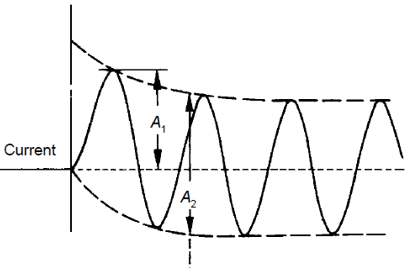
Low and medium voltage electrical components of the electrical parameters, many are similar, such as short-time withstand current Icw, are required to switchgear in the case of short-circuit faults, due to the circuit breaker tripping time required or faults caused by the absence of tripping, or sectional protection needs to be switched to withstand a […]
Comparison of epoxy resin and ceramics
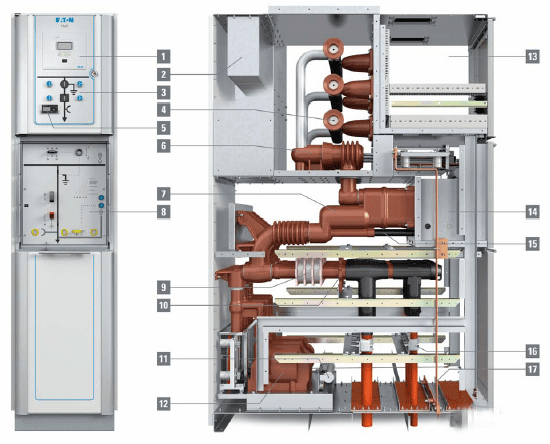
While there are many formulations of alicyclic epoxy resins and many varieties of ceramics, each with their own specific qualities and parameters, there are some general comparisons . First, in the physical realm, the following relationships are typical: – The weight of an alicyclic epoxy resin is less than 70% of the weight of porcelain, […]
Low Voltage Switchgear Basics
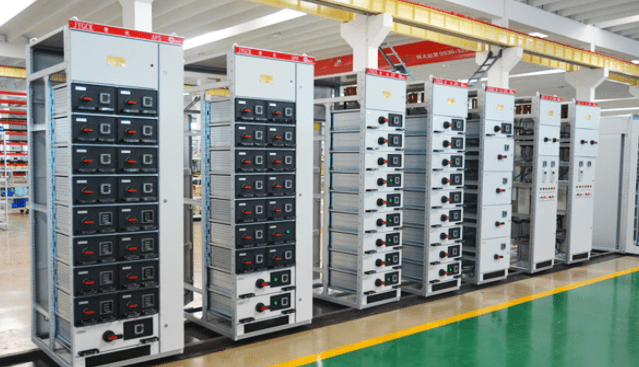
Complete sets of equipment for rated voltages not exceeding 1000V AC and 1500V DC, fixed or mobile, with or without enclosures One or more low-voltage switchgear and related control, measurement, signalling, protection, regulation and other equipment, by the manufacturer is responsible for the completion of all the internal electrical and mechanical connections, with structural components […]
split-type and common box type ring network cabinet
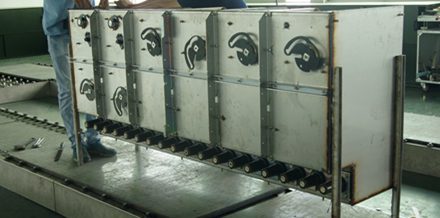
split-type and common box type ring network cabinet, with the high level of manufacturing, the power supply department of the ring network cabinet requirements, so the split ring network cabinet used more and more. Split type, ring network cabinet in full accordance with the switchgear form of design and production, that is, each unit is […]
Medium and low voltage switchgear
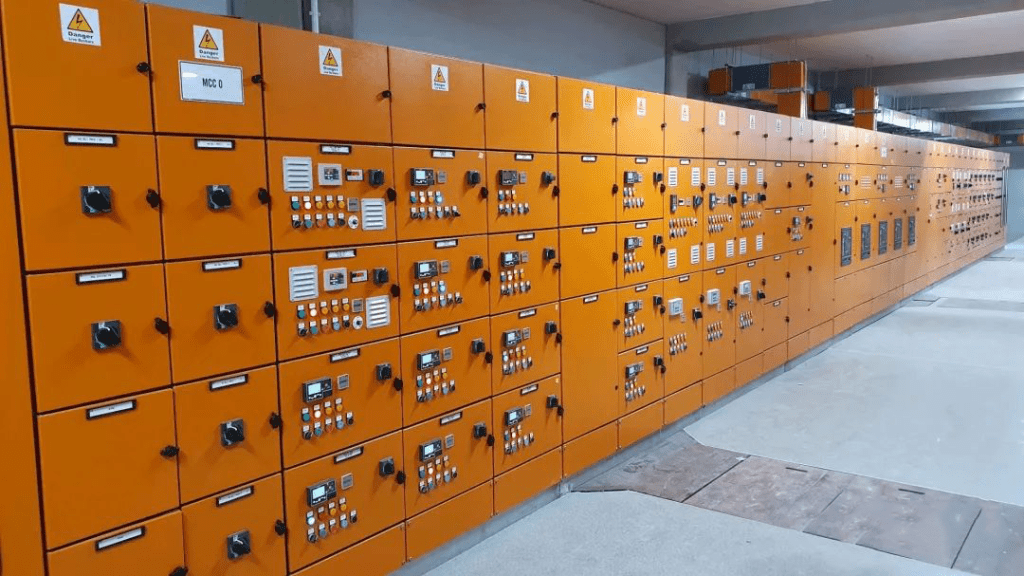
Low and medium-voltage switchgear, customised to order requirements and according to specific electrical system diagrams. Engineering requirements vary and it is difficult to standardise and define products. Although the MNS low-voltage cabinets, KYN28 middle cabinet mechanism, appearance is similar, but the specific implementation of the project, large to the current specifications cabinet size, small to […]
Double-Layer Cabinets in Medium-Voltage Switchgear

Double-layer switchgear is not a new concept; it dates back to the 1950s when the United States introduced metal-clad double-layer withdrawable switchgear. This innovative design featured two double circuit breakers, eliminating the need for a separate instrument room. Instruments were integrated onto the door of the circuit breaker room, while relays, terminals, and other components […]
What is contact box
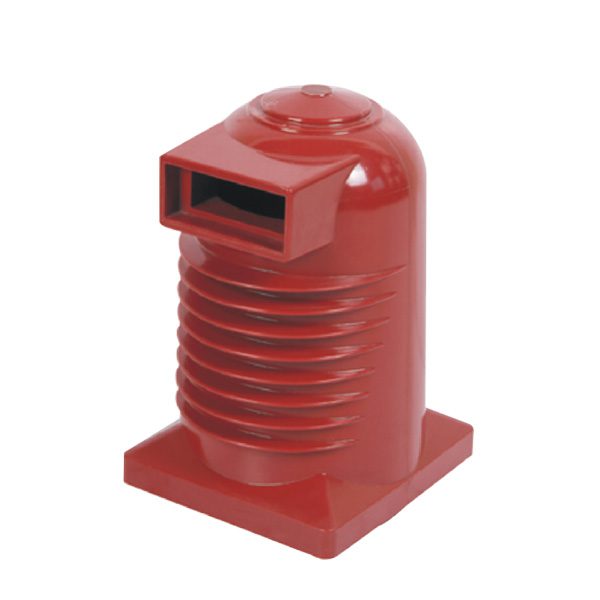
Medium-voltage metal-clad withdrawable switchgear cabinets require a contact box. The so-called contact box is actually a common name in the industry for an insulating sleeve used to install static contacts and to provide electrical isolation from grounded parts such as the mounting plate and the busbar phase. Why need contact box? Withdrawal type i.e. circuit […]
Medium and low voltage switchgear busbar overlap
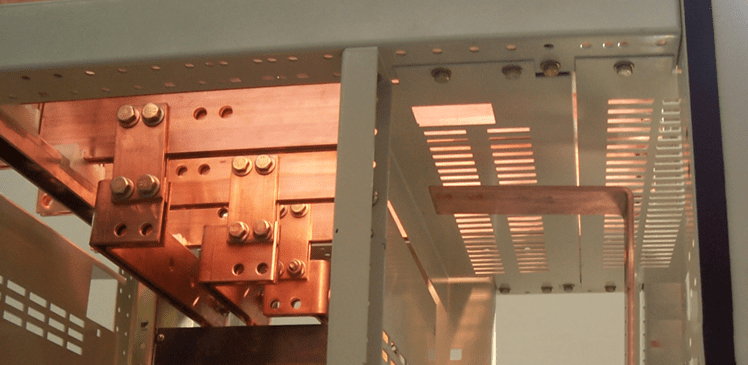
With regard to busbar joint current density, some users require a specific maximum value for current density in busbar joints, or a full lap, but this design criterion may not have any bearing on the resulting temperature rise of the busbar system. Most of the actual current transfer in busbar joints occurs below the area […]
Consequences of Vacuum Loss in Vacuum Interrupters: Operating Conditions and Impacts
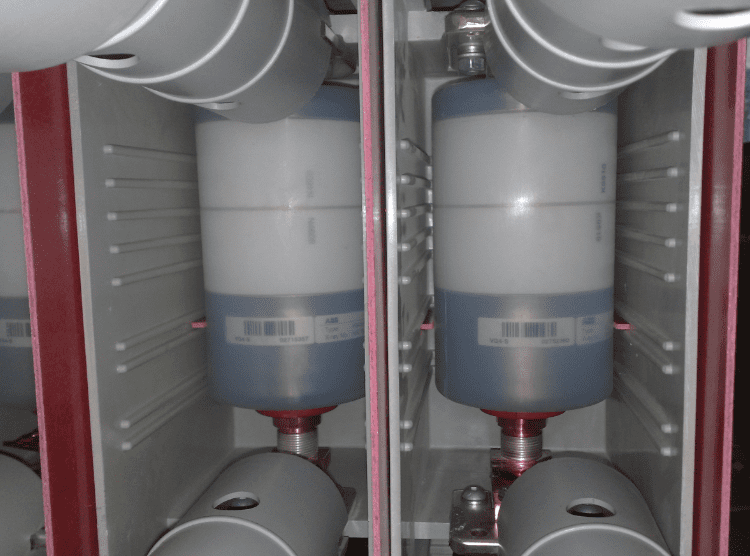
The loss of vacuum in a vacuum interrupter can have various consequences depending on the operating conditions. Here are the consequences for different scenarios: a. Contacts Open: If the contacts are open, the loss of vacuum typically does not affect the system significantly. The vacuum interrupter’s condition is not critical when the contacts are not […]
